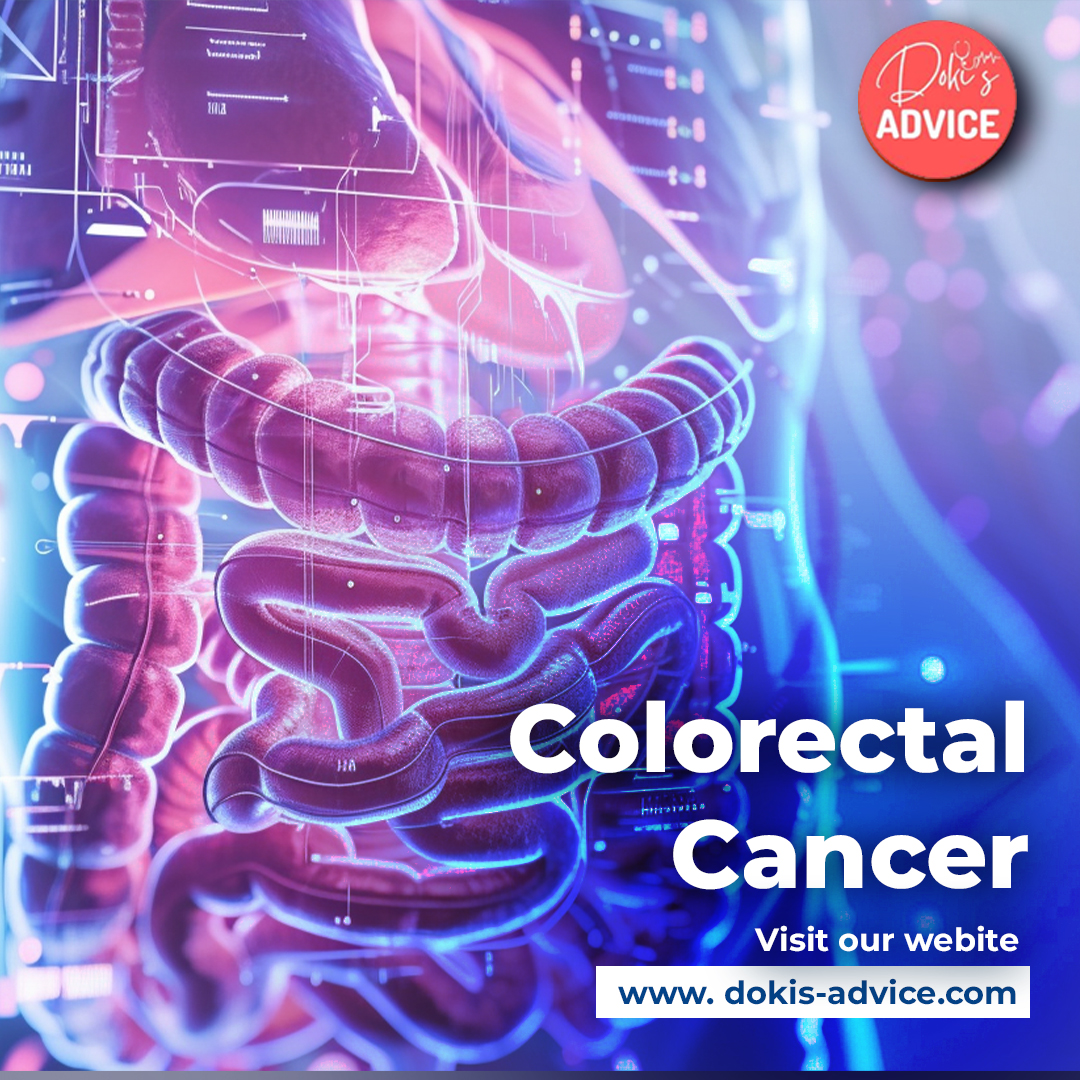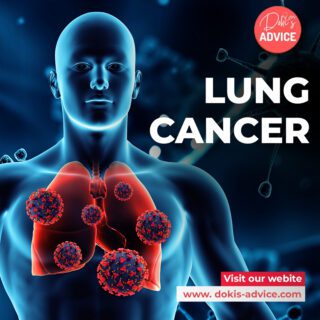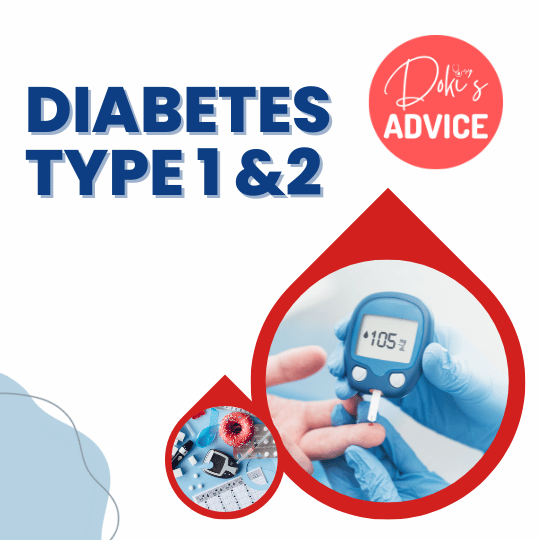-This is one of the most common conditions in the world currently affecting the whole world in large numbers.
-3% of adults in Kenya are affected by diabetes, but in this number, we haven’t considered the large number of children and adults who are undiagnosed.
-So, I know most of have heard the word Diabetes and have an idea that it’s a condition whereby blood sugar levels are too high. I want us to dive deep into this disease to better understand it and how much damage long term high blood sugar levels affects those with diabetes.
-Before we get into that it’s good to clarify that there are two main types of diabetes known by the general public, type 1 and 2 but there exit two other types. Let’s have a look at all 4:
- Type 1 Diabetes: This is where the pancreas (organ of the body responsible for producing insulin, glucagon, and other digestive hormones) is incapable of producing insulin (the hormone responsible for reducing or rather regulating high blood sugar levels).
- Type 2 Diabetes: This is where the pancreas can’t produce enough insulin or in other cases where the body cells are not able to take up insulin as required, what we clinically sometimes say insulin insensitivity of some body cells.
- Type 3 Diabetes: Now this one I bet so many of us might not know exits but this is when the pancreas is damaged hence creating its inability to produce enough insulin. This type can happen after:
- an acute or a chronic phase of pancreatitis (This is an inflammation of the pancreas mostly caused by excessive consumption of alcohol or due to bile stone obstruction of the pancreatic duct). Now don’t worry we’ll talk about pancreatitis in a topic of its own.
- pancreatic cancer
- cystic fibrosis: This is a genetic condition that cause damage of the lungs, digestive organs like the pancreas and other organs in the body.
- Haemochromatosis: This is also a genetic inherited condition which leads to high iron levels accumulation in the body which in turn can lead to the damage of organs such as the liver, pancreas, and the heart.
- Gestational diabetes also Type 4: This occurs during some pregnancies and tends to disappear after birth, but in some women, it may persist afterward then as type 2.
-Now that we know the various types of diabetes let’s start from the top.
Type 1 Diabetes
-This type of diabetes can develop from a young age mostly to around the age of 25 to 30 years. The downside of it is that it can also start at any age but isn’t as common.
-As earlier stated, the pancreas gradually reduces the production of insulin until it eventually doesn’t produce any at all. The amount of blood sugar then increases over time, which can cause serious damage to organs like the kidneys, blood vessels, eyes, and nerves.
Cause oy type 1 diabetes:
- The main cause is due to an autoimmune condition: this means one’s body mistakenly identifies pancreas cells are harmful and attacks and destroys them. Hence its function, production of insulin that enables blood sugar to be taken up by the needed cells such as muscles can’t be executed.
- It’s also associated with other autoimmune conditions like: Type-A-Gastritis, celiac disease (gluten intolerance) or Addison’s disease (inadequate production of steroid hormones due to adrenal insufficiency).
Symptoms of type 1 Diabetes
- Excessive thirst
- Urinating frequently than usual and mostly at night
- Being constantly tired
- Weight loss
- Loss of muscle
- Blurred vision
- Having frequent urinary tract infections: mostly yeast infections: due to higher sugar concentration in urine.
- In later stages when the blood sugar levels are in extreme highs:
– deep breathing,
– nausea and vomiting
-a fruity smelling breath
-falling into a coma
Diagnosis of type 1 diabetes:
- Urine tests: this is used to test for something called ketones (end-product when the body breaks down fats to give the body energy) and glucose in urine.
- Blood tests:
-HbA1c test- this is a test checking the level of glycated haemoglobin. This value can also be used to control how good one’s diabetes is being managed.
-Determining of the C-peptid: This is a part of an insulin molecule. In type 1 diabetes patients its missing since they can’t produce insulin at all.
- Testing the amount of blood sugar levels after a certain period of fasting, mostly after 8 hours of fasting.
- Specific test to determine certain antibodies in type 1 diabetes.
Intervention/Treatment:
-The basic rule of treatment of diabetes type 1 is that all patients need an insulin therapy. If you remember, we said earlier that a type 1 diabetes patient doesn’t produce any insulin. This means these patients require insulin to enable them to regulate and propel the uptake of blood sugar in the required cells.
-Now how much insulin each patient requires depends on different criteria’s such as: Eating habits, body activity, and severity of insulin resistance in the body.
Insulin therapy schemes:
Conventional insulin therapy:
-This is giving fixed insulin doses at specific times of the day e.g., in the morning and evening. This would also mean the patients need to eat at specific times and specific amount of bread units, since the insulin doses are particularly fixed depending on this cycle.
-So, what is a bread unit (BU) or as some may call it a carbohydrate unit (CU)? This is used to calculate the amount of carbohydrates contained in food. One BU is equal to approximately 10 to 12g of carbohydrates.
-Example of how this works: Patient A with type 1 diabetes applies the insulin at 7am in the morning and 7 pm in the night. 2/3 of the insulin doses is therefore injected at 7am and 1/3 of the doses at 7pm. The patient is then required to make sure that they have their meals at specific times and specific amounts of bread units e.g., breakfast at 7:30am lunch at 13pm and dinner at 7:30pm.
Intensified insulin therapy:
-In this therapy regime the intention is to imitate the natural blood sugar management in the body.
-How do we go about this?
-patients inject themselves a long-acting basal insulin (e.g., insulin glargine, insulin Levemir): this can be done either once a day or twice a day
-Patients then inject a short-acting insulin depending on the meals they take and blood sugar levels at the time of application. (e.g., insulin lispro, insulin apart, insulin glulisine or normalinsulin)
Insulin pump therapy:
-This type of therapy is where the patients get an external pump on the body that continuously injects insulin depending on the blood sugar level.
-This therapy regime is mostly applicable for children as they are not capable of controlling and doing the self-application of insulin or also for adults whose blood sugar management isn’t satisfactory.
-The downside about this therapy is that it’s important for the patients to frequently check their blood sugar levels to avoid hypoglycaemia which can lead to a diabetes coma and if not treated early could lead to death.
-Please note for diabetes treatment: always consult your doctor and do regular check-ups to check if your diabetes management is under control, hence helping reduce diabetes complications. We’ll talk about these complications after looking at all the other types of diabetes.
Type 2 Diabetes
As explained on our previous article, in type 2 diabetes, the body is either incapable of producing enough insulin to breakdown blood sugar through sugar uptake in the necessary cells like the liver, muscles, kidney, fatty cells or the brain cells, or the insulin sensitivity is so low that blood sugar uptake in the named organs is not guaranteed.
In most cases type 2 diabetes Is associated with the metabolic syndrome.
-What is this syndrome you may ask? It’s a term used to describe a combination of diabetes, high blood pressure, abnormal cholesterol and obesity that together increase the risk of heart diseases, stroke and other conditions affecting the blood vessels.
Symptoms of a metabolic syndrome:
- Being overweight, mostly having a pear shape or apple shape around your waist.
- High levels of the ‘bad type of fats’ in the body (medically called LDL cholesterol) and less of the ‘good type of fats’ (medically called HDL cholesterol).
- High blood pressure of over 140/90 and higher
- Diabetes
Complications of a metabolic syndrome can include:
- Cardiovascular diseases such as:
- High blood pressure
- Diabetes
- NASH (Non-alcoholic fatty liver disease) Check out our Liver cirrhosis articles to find out what this is.
- Tumours
Symptoms of type 2 Diabetes: just as type 1
- Excessive thirst
- Urinating frequently than usual and mostly at night
- Being constantly tired
- Weight loss
- Loss of muscle
- Blurred vision
- Having frequent urinary tract infections: mostly yeast infections: due to higher sugar concentration in urine.
- In later stages when the blood sugar levels are in extreme highs:
– deep breathing,
– nausea and vomiting
-a fruity smelling breath
-falling into a coma
Diagnosis of type 2 diabetes:
- Urine tests: this is used to test for something called ketones (end-product when the body breaks down fats to give the body energy) and glucose in urine.
- Blood tests:
-HbA1c test- this is a test checking the level of glycated haemoglobin. This value can also be used to control how good one’s diabetes is being managed.
– When your blood is drawn by your doctor the HbA1c is the value they determine to see if it lies within the normal margin or above (normal values would be between 4.5% and 5.7%…..For values above 6.5% one would the give the diagnosis: Diabetes). Now disclaimer this value may also slightly differ depending on the parameters each lab uses.
-Determining of the C-peptid: This is a part of an insulin molecule. In type 1 diabetes patients its missing since they can’t produce insulin at all.
- Testing the amount of blood sugar levels after a certain period of fasting, mostly after 8 hours of fasting.
Interventions/Treatment:
-Now here there is one slight difference to type 1..and that is one can start with oral medication unlike type one where insulin application is non-negotiable.
-Now since we live in a modern society therapy is a bit modified to fit each patient specifically. This kind of modified type of therapy takes into consideration a patients Life expectancy, other ailments, other medications that they take, risk of someone having hypoglycaemia and so on.
-There are different type of antidiabetic medications for example:
- Change of Lifestyle: through better eating habits and exercise,
- Metformin: Now this is one of the most prescribed antidiabetic drugs. It can be used as a mono therapy. This means just prescribed alone especially if the patients long term blood sugar isn’t too high.
-Now at this point I know your asking what is a long term blood sugar value right?. This is the Hb1Ac value measured from your red blood cells as described above and it can also be used to determine how good the given therapy inclusive of eating habits have been working for at least the last 3 Months. Why 3 Months you ask? Because red blood cells have a 3 Month life expectancy before they are replaced with new cells.
- Combination Therapy: example
– Metfromin + Dapaglifozin /Empaglifozin
– Metformin + Dulaglutid/Liraglutid
– Metformin + Glibenclamid
-Metformin + any one of the above + insulin
Disclaimer: You should always consult a medical doctor before taking any medication for advice. This because some of these medications have different side effects and could be inappropriate for one patient but appropriate for another.
- Insulin therapy as discussed in our previous article in type 1 diabetes.
Some side effects from some of these therapy regimes include:
- Weight loss: mostly this is usually a desired effect.
- Headaches
- Stomach issues: Bloating, nausea, stomach pains, too much gas etc.
- Inflammation of the pancreas (Organ responsible for production of insulin and other digestive enzymes)
- Hypoglycaemia: This is one of the most dangerous side effects because it could lead to a coma and death in a very short time, hence why its critical that one consults a medical doctor and be taught what to look out for during a hypoglycaemia.
-Signs such as:
- Dizziness →Coma
- uneasiness
- sweating
- heart palpitations (Like your heart beating very fast that its uncomfortable)
- nausea and vomiting
- Confusion
- Headaches
- Difficulties talking
- Seizures
- Loss of concentration
Want to find out more on diabetes? Keep it at Doki’s Advice and remeber to always seek medical advice before any treatment and when you notice any of the symptoms above.











